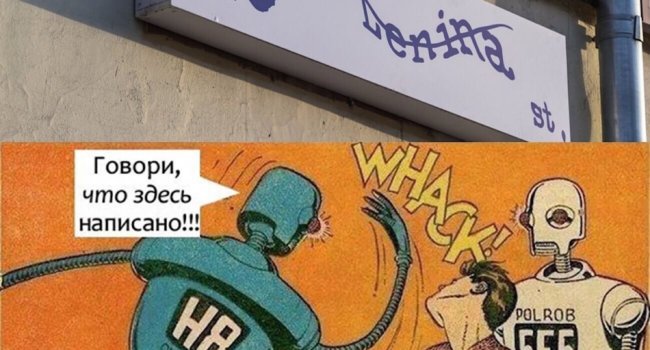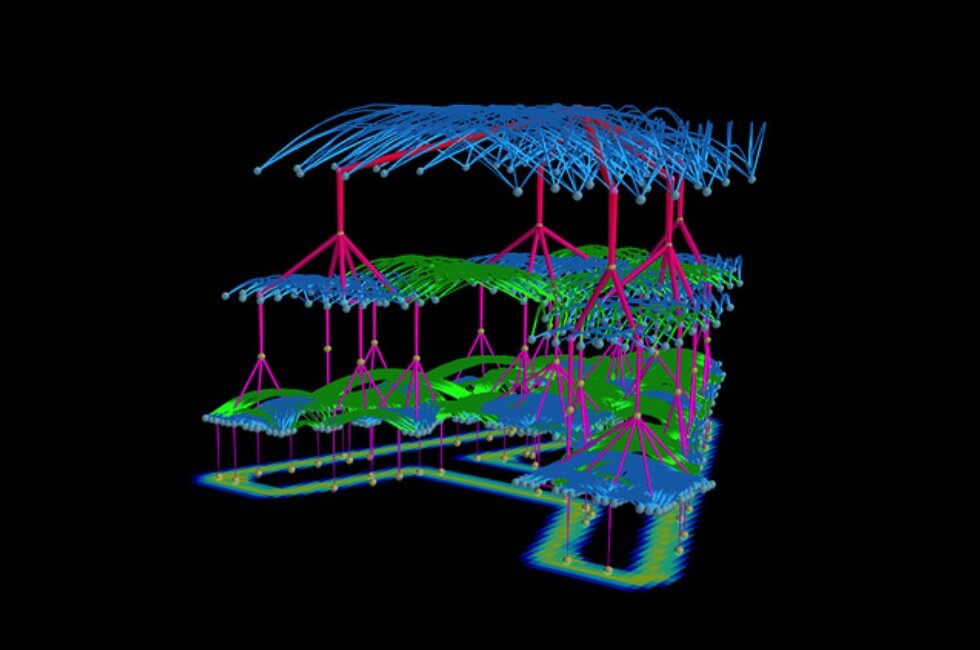
One of the main ways to protect the Internet from the invasion of bots is a captcha — a computer test, by which the system determines whether the user is a human or a computer. This is one example of the Turing test. The main idea of the test is to provide the kind of task that is easily solved by a human but impossible for a computer. And it seems that a group of scientists from the USA managed to create artificial intelligence that is able to pass this test.
According to the editors of the journal Science, the American company Vicarious until a few years ago set a goal: with the help of machine learning methods to develop a program that can recognize captcha. The most common type of captcha today, the codes of letters and numbers superimposed on each other, translucent, crossed and so on. In General, any user of a Network with them repeatedly faced.

The company Vicarious has created an algorithm called the recursive cortical model (Recursive Cortical Network — RCN). It is a hierarchical structure that models the object as a combination of contours and surfaces. The RCN algorithm is able not only to recognize the captcha, but to “see” handwritten characters. As stated by the Creator of the algorithm Dileep George,
“Using the experience of system neurophysiology, we have created a new model for computer recognition, which recognizes a captcha is better than doing it deep neural networks, and while running it is 300 times more efficiently. Our program can learn to recognize numbers and letters of arbitrary shape drawn on the captcha, examining only 260 examples.”
Artificial intelligence has learned to circumvent the protection from robots
Vladimir Kuznetsov